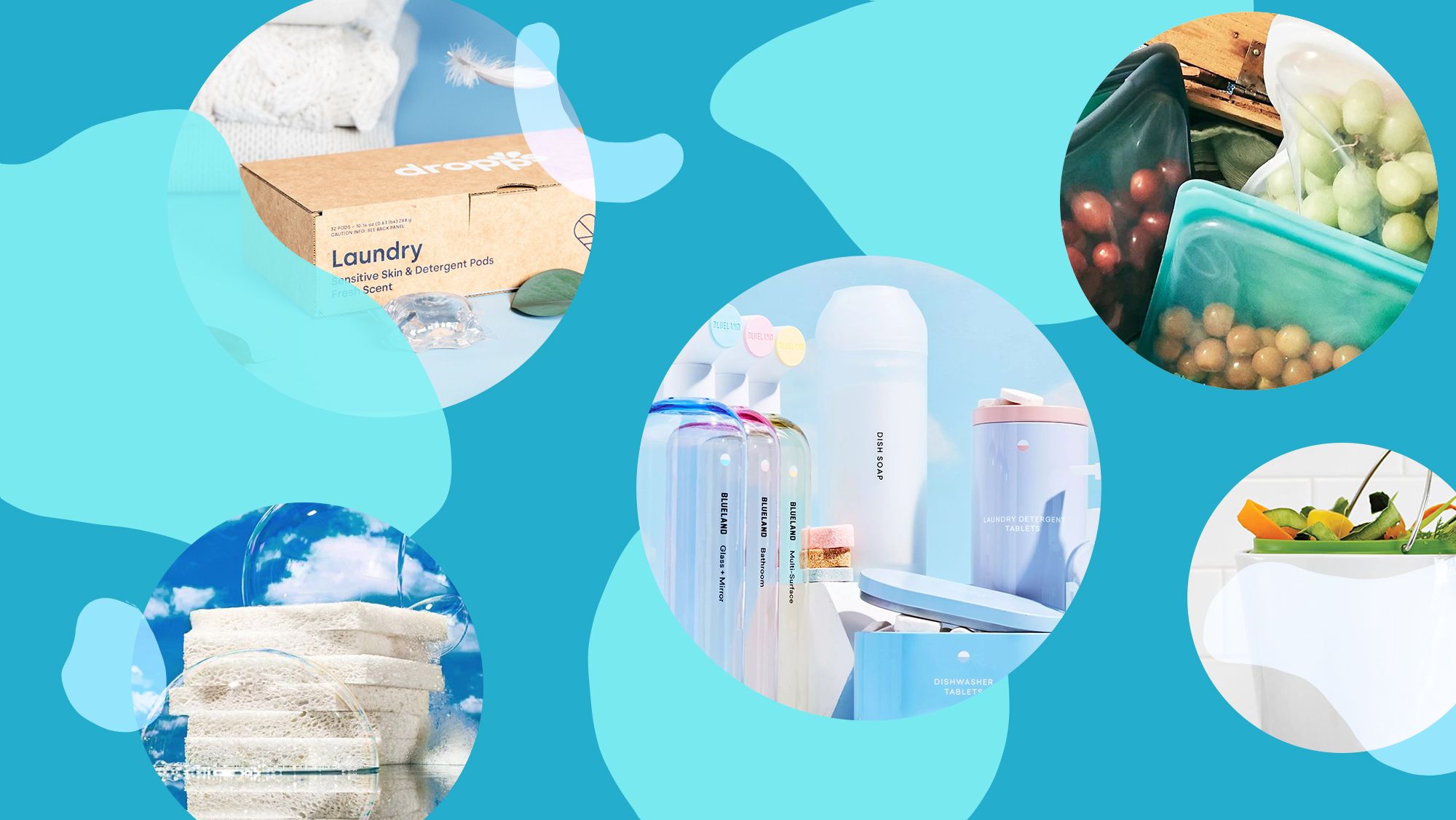
In today's world, where environmental concerns are at the forefront of global discussions, the demand for eco-friendly products has surged. These products, designed with sustainability in mind, play a crucial role in reducing pollution and protecting our planet. In this blog post, we will delve into the various ways in which eco-friendly products contribute to pollution reduction, highlighting their importance and impact.
- Sustainable Materials:
One of the key ways eco-friendly products reduce pollution is through the use of sustainable materials. Unlike traditional products that rely on non-renewable resources, eco-friendly alternatives are made from renewable materials such as bamboo, organic cotton, recycled plastics, and reclaimed wood. By utilizing these materials, the production process emits fewer greenhouse gases and reduces the strain on natural resources, ultimately minimizing pollution levels. - Energy Efficiency:
Eco-friendly products are often designed with energy efficiency in mind. From appliances to lighting solutions, these products are engineered to consume less energy while maintaining optimal performance. By reducing energy consumption, eco-friendly products help lower the demand for fossil fuels, which are major contributors to air pollution. Additionally, energy-efficient products often come with energy-saving features such as automatic shut-off, further reducing unnecessary energy usage. - Waste Reduction:
Another significant aspect of eco-friendly products is their focus on waste reduction. Traditional products often generate excessive waste during manufacturing, usage, and disposal. In contrast, eco-friendly products are designed to minimize waste at every stage of their lifecycle. This includes using minimal packaging, promoting recycling and composting, and encouraging product longevity through repairability and upgradability. By reducing waste generation, eco-friendly products contribute to a cleaner environment with reduced pollution levels. - Chemical-Free Formulations:
Many conventional products contain harmful chemicals that can have adverse effects on both human health and the environment. Eco-friendly products, on the other hand, prioritize the use of natural and non-toxic ingredients. Whether it's personal care items, cleaning products, or paints, these eco-friendly alternatives are free from harmful substances such as phthalates, parabens, and volatile organic compounds (VOCs). By opting for chemical-free formulations, we can minimize air and water pollution, creating a healthier and safer environment for all. - Lifecycle Assessment:
Eco-friendly products undergo a comprehensive lifecycle assessment to ensure their environmental impact is minimized throughout their entire lifespan. This assessment considers factors such as raw material sourcing, manufacturing processes, transportation, product use, and end-of-life disposal. By analyzing each stage, manufacturers can identify areas for improvement and implement strategies to reduce pollution. This holistic approach ensures that eco-friendly products are not only environmentally conscious but also socially responsible.
Conclusion:
Eco-friendly products are a powerful tool in the fight against pollution. Through the use of sustainable materials, energy efficiency, waste reduction, chemical-free formulations, and lifecycle assessments, these products actively contribute to a cleaner and healthier planet. By choosing eco-friendly alternatives, we can all play a part in reducing pollution levels and preserving our environment for future generations. Let's embrace the power of eco-friendly products and make a positive impact on our world.



